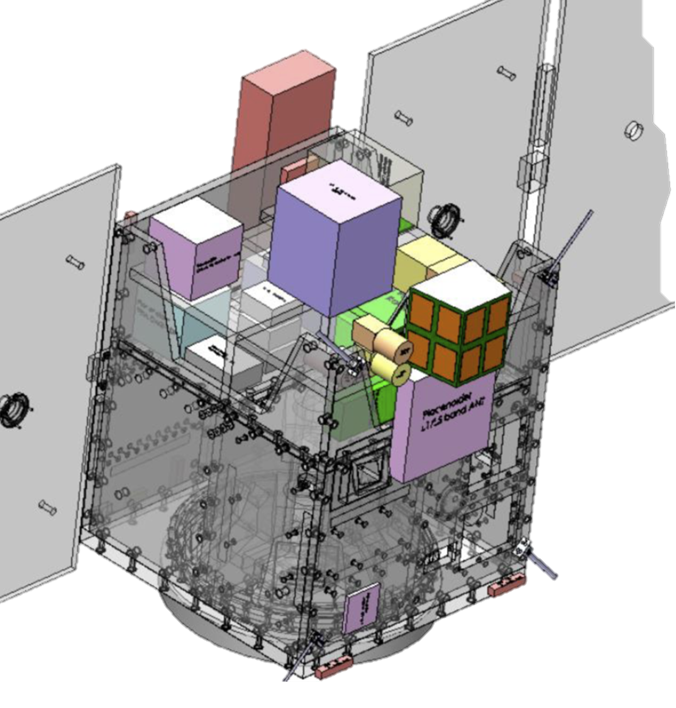The European Space Agency (ESA) has signed a Memorandum of Intent (MoI) with the Space Research Center at the University of the Bundeswehr Munich (UniBw M). The MoI aims to advance innovation used to integrate satellites with terrestrial networks built on 5G and future 6G technologies. It will also facilitate cooperation in experimentation, testing and innovation for the future evolution towards Beyond 5G (B5G) Non-Terrestrial Networks (NTN), exploring opportunities in 3rd Generation Partnership Project (3GPP) standardisation and roadmaps towards 6G.
ESA’s Space for 5G/6G strategic programme line, part of its Connectivity and Secure Communications directorate, supports technological developments in future 5G/B5G/6G non-terrestrial networks (NTN) and the integration of satellite and terrestrial networks. It promotes NTN networks in 5G/6G standards and supports the space industry in developing sustainable technologies, products and services.
The University of the Bundeswehr Munich (UniBw M) is a technology leader in the research, design and development of satellite systems and technology. Its Space Research Center pools existing internal cooperation projects and acts as a central point of contact for space-related subjects, with a focus on satellite research and development.

The Space Research Center’s SeRANIS project (Seamless Radio Access Networks for Internet of Space) is the world’s first and only small satellite mission to provide a publicly accessible multifunctional experimental laboratory in orbit. Due to the complexity of SeRANIS, the reliable and agile Triton-X heavy platform – developed under ESA's Partnership Projects and built by European space systems contractor LuxSpace – is being used to integrate all experimental payloads onto one platform.
On the SeRANIS satellite ATHENE1, more than ten innovative and complex experiments are being carried out simultaneously with key and future technologies. These technologies include fifth- (5G) and sixth-generation (6G) mobile communications systems, laser communication, and Internet of Things (IoT) technology. ATHENE1 provides a complete and modular satellite platform and payload capable of hosting experiments for advanced 5G/B5G/6G techniques and technologies.
Consistent with their respective mandates, ESA and UniBw M aim to cooperate in the experimentation and validation of NTN techniques and technologies from new ESA research & development projects, using:
- The Low-Earth-Orbit (LEO) experimental communications payload of the dtec.bw -funded SeRANIS-Mission;
- The SeRANIS experimental ground systems located in Munich Area;
- ESA 5G/6G hubs in ECSAT/ESTEC;
- Interconnectivity with other innovation laboratories in ESA locations or in other locations;
- Trials and demos integrating B5G/6G satellite and terrestrial technologies and implementing use cases in different vertical domains.
The collaboration between Space for 5G/6G and the SeRANIS project will result in integration of NTN capabilities to associated experimental platforms by incorporating multi-orbit satellite connectivity (Geostationary (GEO) and Low Earth Orbit (LEO)), ultimately leading to the creation of an Open Innovation NTN Platform (OIP). The parties aim to establish interconnected facilities, which will expand the testing capability of ESA hubs and SeRANIS mission, enabling the validation of novel NTN topologies, 5G/6G technologies and new space services.
SeRANIS is a research project of the Digitalization and Technology Research Center of the Bundeswehr (dtec.bw). dtec.bw is a joint scientific center of both universities of the Bundeswehr and funded by the European Union - NextGenerationEU.





